The harpy eagle stands as one of nature’s most formidable aerial predators, commanding both fear and fascination with its impressive physical attributes. Among its most remarkable features are its extraordinarily large talons—powerful tools that have evolved over millennia to perfect the art of hunting in dense rainforest environments. These massive claws, which can grow larger than a grizzly bear’s, represent one of the most impressive adaptations in the avian world. For bird enthusiasts and conservationists alike, understanding the truth about these magnificent talons provides not only insight into a remarkable predator but also raises important questions about our responsibility to protect these increasingly threatened birds of prey. This article delves into the fascinating world of the harpy eagle’s talons, exploring their size, function, and significance both in the wild and for those who cherish avian diversity.
The Remarkable Size of Harpy Eagle Talons
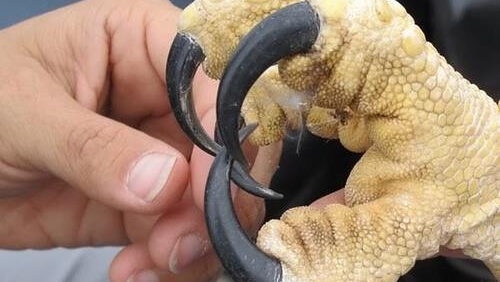
The harpy eagle possesses some of the largest talons in the avian world, with rear talons measuring 3-4 inches (7.6-10.2 cm) in length—comparable to the claws of a grizzly bear. These massive talons can create a grip diameter of 3-4 inches, allowing the eagle to seize prey with extraordinary efficiency. Female harpy eagles, which are typically larger than males, develop even more impressive talons to support their hunting capabilities. When compared to other birds of prey, including the golden eagle and Philippine eagle, the harpy’s talons stand out not just for their length but for their remarkable thickness and curvature designed for maximum gripping power.
Evolutionary Purpose Behind the Massive Claws
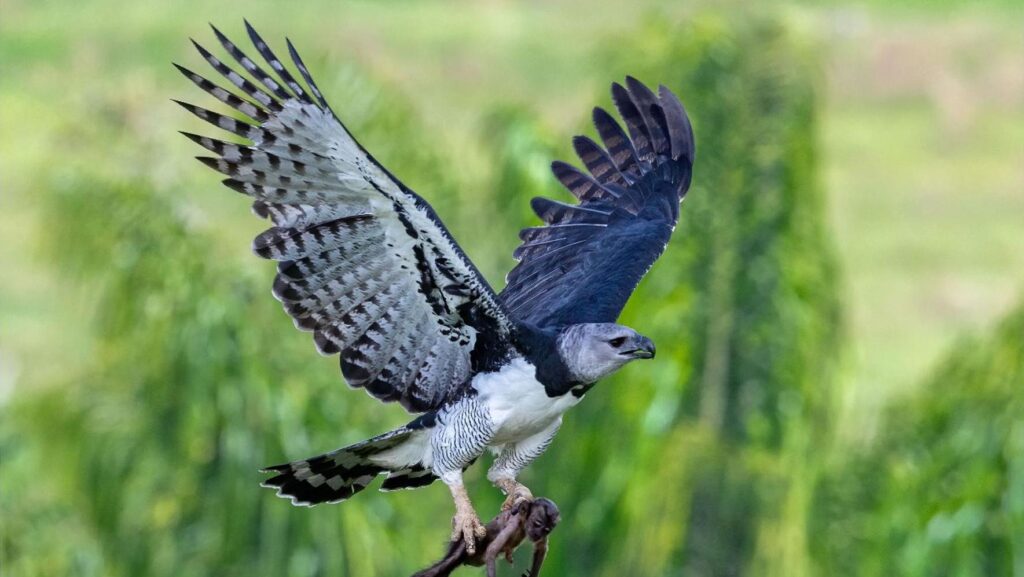
The harpy eagle’s enormous talons evolved specifically for hunting in the dense canopies of tropical rainforests throughout Central and South America. These specialized hunting tools allow the bird to pluck monkeys and sloths—their preferred prey—directly from tree branches without landing. The talon’s design represents an evolutionary response to the challenges of hunting agile, tree-dwelling mammals that can weigh up to 17 pounds (7.7 kg). Natural selection has favored larger, stronger talons because they provide a decisive advantage in capturing and subduing struggling prey from awkward angles in thick foliage. This adaptation is particularly crucial because harpy eagles often need to maintain their grip on powerful prey during flight back to their nesting sites, sometimes traveling considerable distances with animals nearly half their own weight.
Anatomy of the Harpy Eagle’s Talons
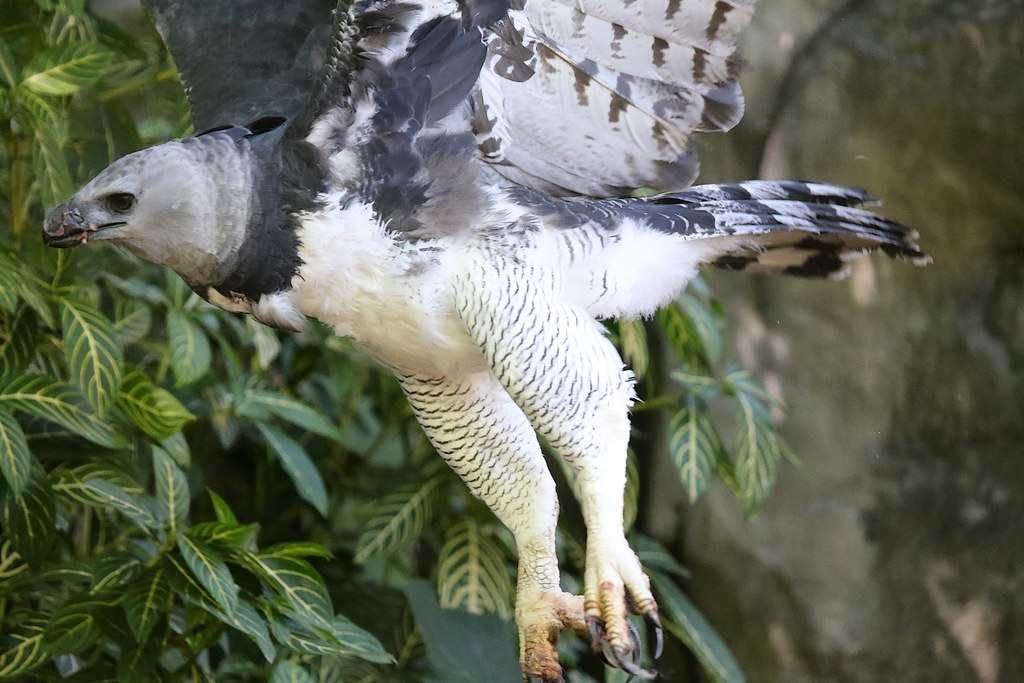
Each harpy eagle foot features four specialized digits with distinctive roles in the hunting process. The hallux (rear-facing talon) is notably the largest and most powerful, used to penetrate prey and deliver a killing strike by severing the spinal cord or puncturing vital organs. The three forward-facing talons work in concert to create a vise-like grip that few animals can escape once secured. These talons are composed of keratin—the same material as human fingernails—but grow much thicker and stronger due to specialized protein structures and high levels of calcium. A complex network of tendons and specialized locking mechanisms in the foot allows the eagle to maintain its grip without constant muscular effort, enabling it to hold prey for extended periods without fatigue while flying or perched.
Hunting Techniques Utilizing These Powerful Weapons
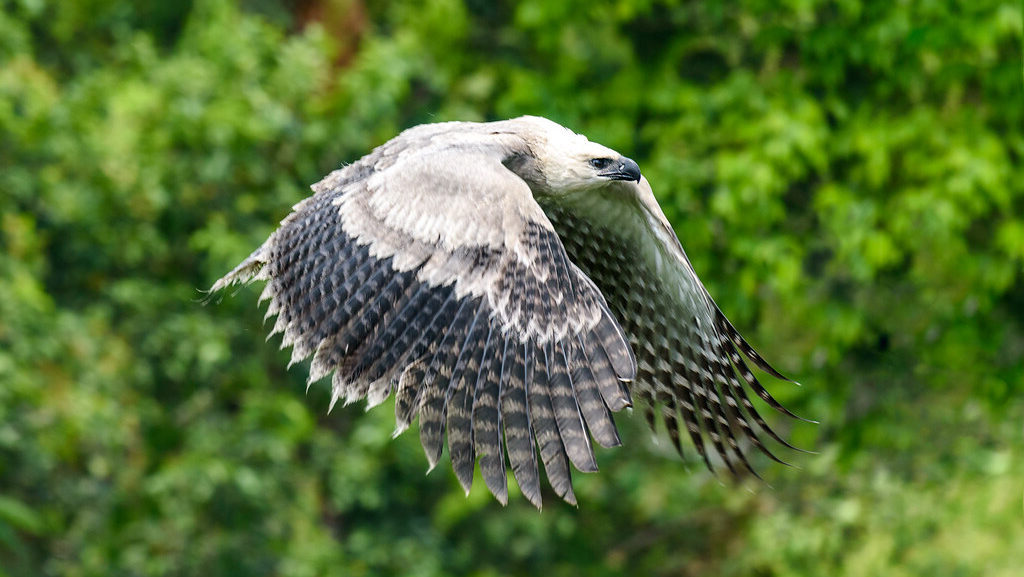
Harpy eagles employ a hunting strategy that maximizes the effectiveness of their impressive talons with breathtaking precision and power. Rather than soaring high and diving like many other eagles, harpies typically perch silently for hours, using their excellent vision to spot movement in the canopy before launching powerful, short-distance ambush attacks. When a harpy strikes its prey, it typically hits with such force—up to 110 pounds per square inch—that many smaller animals are killed instantly by the impact alone. The eagle’s specialized grip allows it to maintain control of larger struggling prey like monkeys and sloths, which might otherwise escape or injure the bird during capture. Remarkably, harpy eagles can carry prey weighing up to their own body weight (around 20 pounds) for short distances, demonstrating both the strength of their talons and the powerful flight muscles supporting their hunting prowess.
Comparing Harpy Talons to Other Birds of Prey
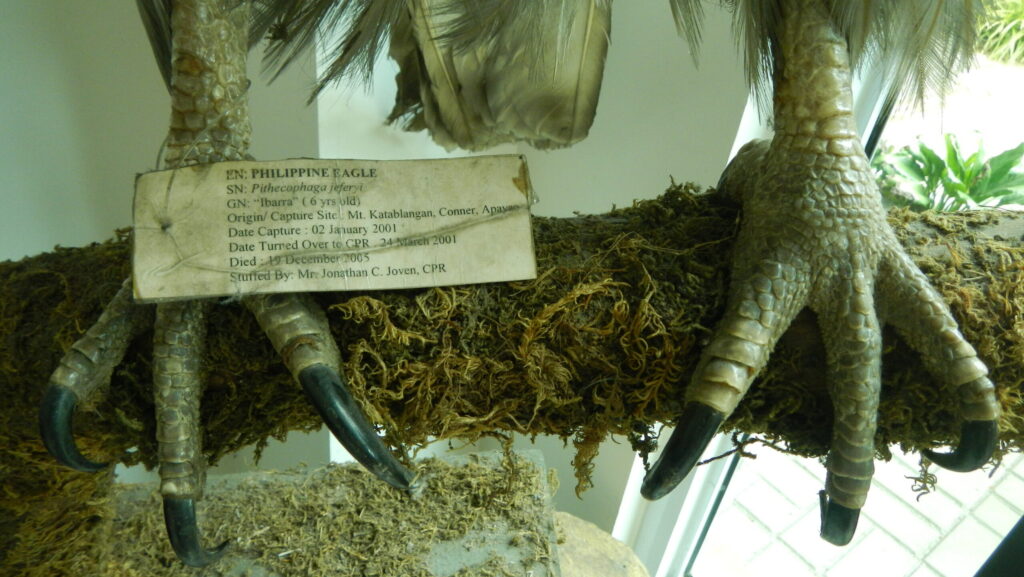
While many birds of prey possess impressive talons, the harpy eagle’s claws stand in a class nearly their own in terms of sheer size and strength. The Philippine eagle comes closest in talon size, but the harpy still maintains an edge in raw gripping power and talon thickness. Golden eagles, despite their reputation as powerful predators, have significantly smaller talons measuring about half the size of a harpy’s rear talon. The African crowned eagle, sometimes called the “leopard of the sky,” has proportionally large talons for its size but still doesn’t match the absolute measurements of the harpy’s massive claws. This disparity exists because each raptor species has evolved talons specifically suited to their hunting niche—with the harpy’s specialization for large, tree-dwelling mammals requiring the most robust talon development in the bird world.
The Incredible Grip Strength Behind the Talons
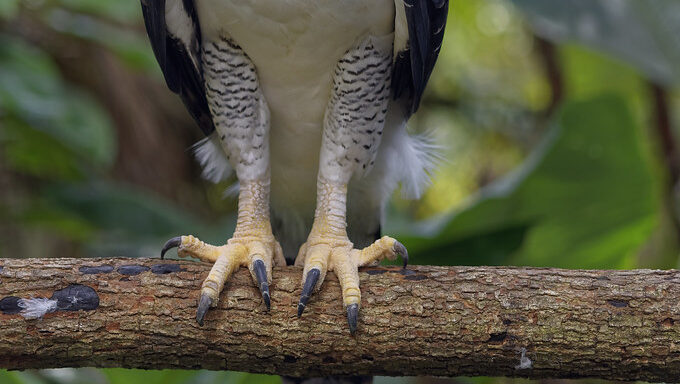
The harpy eagle’s talon grip can exceed 400 pounds per square inch (psi)—among the strongest gripping force of any bird and comparable to the bite force of some large predatory mammals. This extraordinary strength comes from specialized tendons and muscles that create a mechanical advantage, allowing force multiplication far beyond what the bird’s body size might suggest possible. The locking mechanism in the eagle’s feet enables it to maintain this grip without continuous muscular exertion, conserving energy while subduing struggling prey. Research has documented cases where harpy eagles have completely punctured primate skulls with their talons, demonstrating both the physical power and the specialized hunting adaptation these talons represent in capturing large, potentially dangerous prey.
Impact on Prey Species and Ecosystem Dynamics

As apex predators, harpy eagles use their massive talons to maintain balance in tropical forest ecosystems by controlling populations of canopy-dwelling mammals. Their preference for sloths, monkeys, and other medium-sized mammals helps prevent overpopulation of these species, which could otherwise damage forest vegetation through overgrazing. The eagle’s hunting efficiency means relatively few kills are needed to sustain a breeding pair and their offspring, resulting in a relatively light ecological footprint despite their power. Interestingly, research has documented behavioral adaptations in prey species specifically evolved to avoid harpy predation, including specific alarm calls used by monkeys to warn of these eagles and altered movement patterns in sloths when eagles are detected nearby.
Harpy Eagle Talon Development Through Life Stages

Harpy eagle chicks are born with small, underdeveloped talons that grow rapidly during their extended nestling period, which lasts approximately 5-6 months. By the time young eagles fledge, their talons have reached nearly adult size, although they lack the muscle development to use them effectively for hunting. Young harpies spend up to two years perfecting their hunting skills before reaching full proficiency with their massive talons, practicing first on smaller prey before graduating to adult-sized targets. This extended developmental period represents one of the longest learning curves in the raptor world, reflecting the specialized nature of the harpy’s hunting technique and the complexity of using such powerful talons effectively. Throughout their lifetime, which can span 25-35 years in the wild, harpy eagles continuously maintain their talons through natural wear and specialized grooming behaviors.
Conservation Implications for Bird Enthusiasts
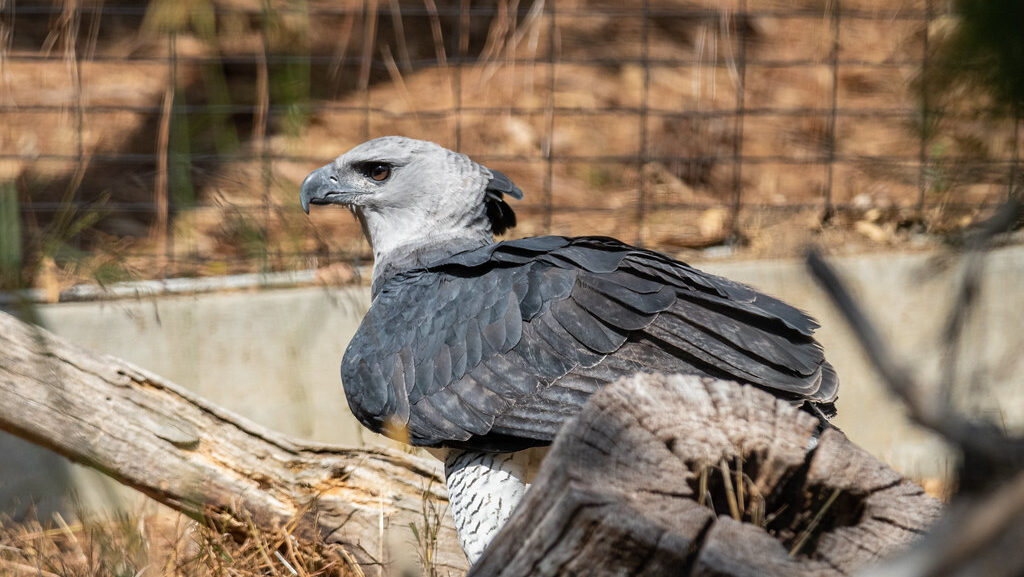
For bird lovers, understanding the harpy eagle’s specialized talons highlights the importance of protecting intact forest ecosystems where these magnificent birds can hunt naturally. With fewer than 50,000 harpy eagles remaining in the wild and populations declining, conservation efforts must focus on preserving large tracts of uninterrupted rainforest that can support their hunting territories, which can span up to 25 square miles. Bird enthusiasts can contribute to conservation by supporting organizations working to protect harpy eagle habitat, participating in responsible ecotourism that creates economic incentives for forest preservation, and raising awareness about the threats facing these magnificent birds. The harpy’s specialized talons make them particularly vulnerable to habitat fragmentation, as they require large, healthy forests with abundant prey to sustain their specialized hunting lifestyle.
Challenges in Studying These Powerful Birds
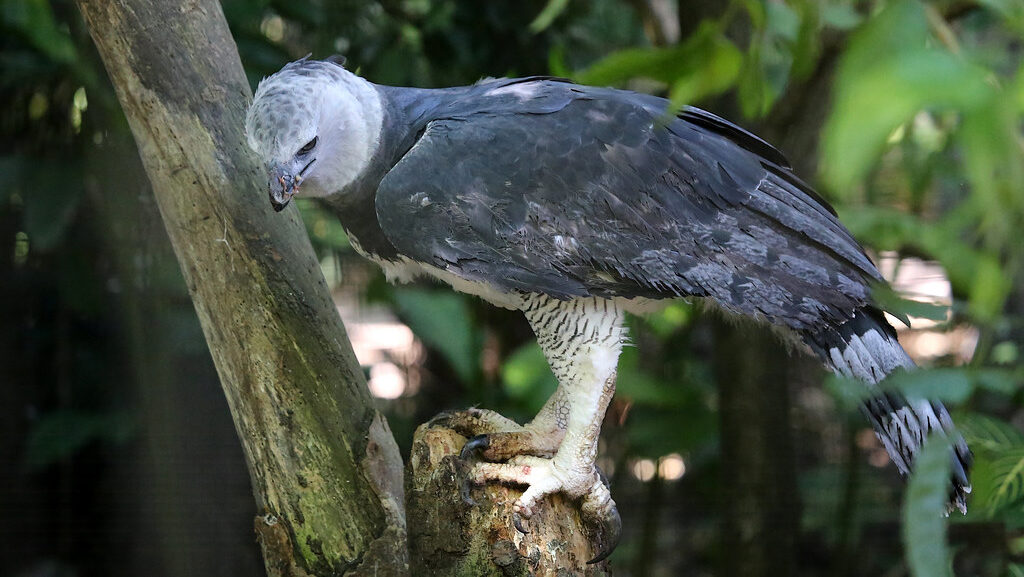
Research on harpy eagles presents unique challenges due to their remote habitat, low population density, and the potential danger posed by their enormous talons. Scientists studying these birds must use specialized handling techniques and protective equipment when working with captured specimens during conservation efforts or research projects. Remote tracking technologies have revolutionized harpy eagle research, allowing scientists to monitor hunting behaviors and habitat use without direct interaction, though these studies remain expensive and logistically challenging in dense rainforest environments. The eagles’ naturally secretive nature and tendency to abandon areas with human disturbance further complicates research efforts, making long-term studies particularly valuable for understanding these magnificent predators.
The Cultural Significance of Harpy Eagle Talons

Throughout their range in Central and South America, harpy eagles and their impressive talons have featured prominently in indigenous cultures and folklore for centuries. Many Amazonian tribes consider the harpy a spiritual entity, with its talons sometimes used in ceremonial contexts or as symbols of power for tribal leaders. In Panama, the harpy eagle serves as the national bird, representing strength and independence with its impressive hunting adaptations. Unfortunately, this cultural significance has occasionally led to exploitation, with talon trophies being sought after by collectors—a practice now largely curtailed by international wildlife protection laws. Modern conservation efforts often incorporate these cultural connections, working with indigenous communities to protect harpy eagles through programs that honor traditional respect for these powerful birds while discouraging harmful practices.
Experiencing Harpy Eagles: Opportunities for Bird Enthusiasts
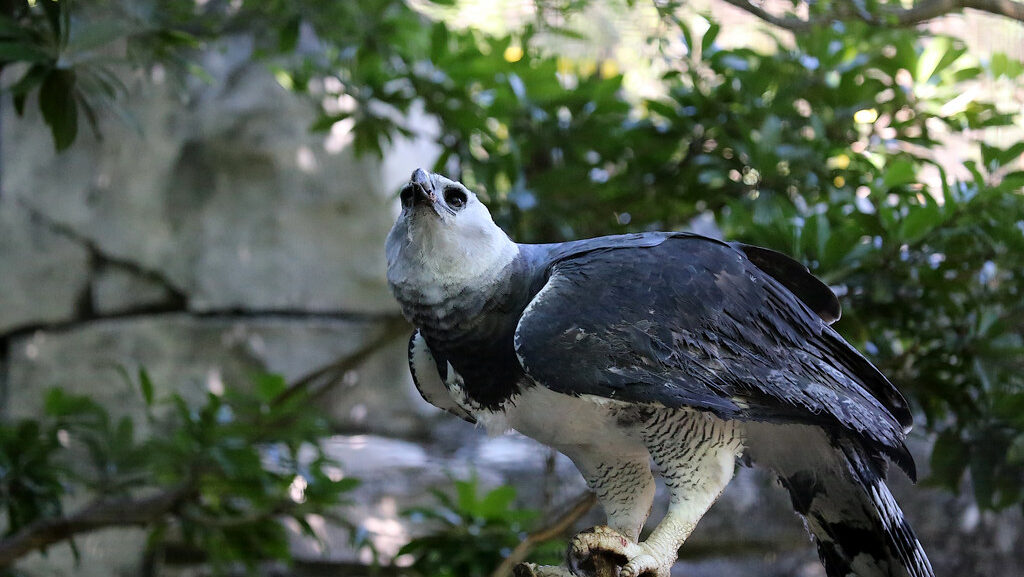
For passionate bird lovers hoping to witness harpy eagles and their impressive talons in person, several ethical viewing opportunities exist throughout the birds’ range. Established wildlife viewing sites in countries like Panama, Brazil, and Ecuador offer the chance to observe wild harpy eagles at known nesting sites, often with professional guides who understand how to minimize disturbance to these sensitive birds. Several reputable conservation organizations offer volunteer programs where participants can assist with harpy eagle research and habitat protection while potentially seeing these magnificent birds in their natural environment. For those unable to travel to the tropics, a small number of accredited zoos and raptor centers maintain harpy eagles in specially designed exhibits, often as part of conservation breeding programs aimed at studying these magnificent birds and potentially supporting wild populations.
What Bird Lovers Can Do to Protect These Magnificent Raptors
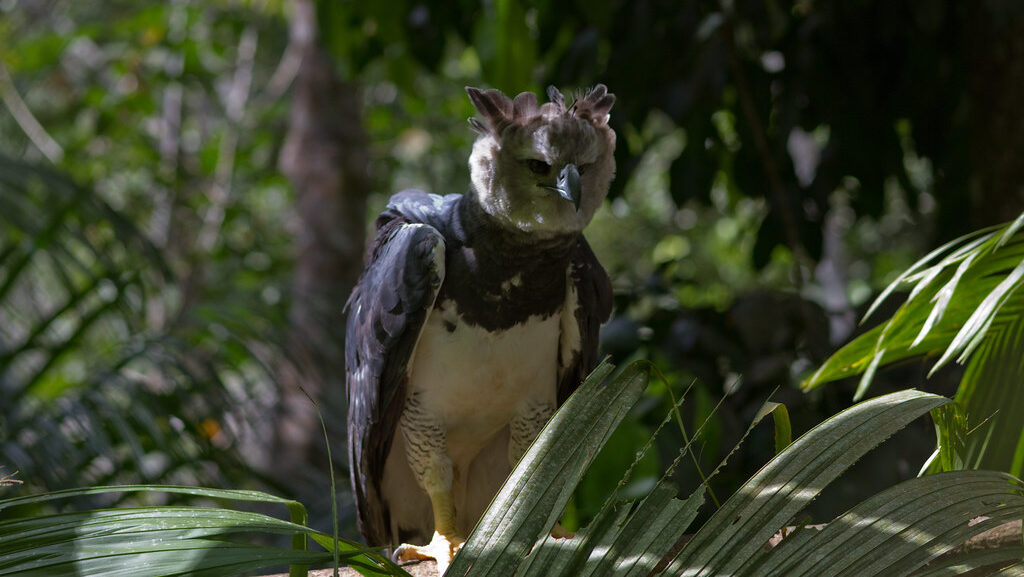
Bird enthusiasts can take concrete actions to help ensure the survival of harpy eagles and their remarkable hunting adaptations for future generations. Supporting rainforest conservation through reputable organizations directly protects harpy eagle habitat, particularly efforts focused on creating protected corridors that connect fragmented forest patches. Advocating for sustainable forestry practices and reduced consumption of products linked to deforestation helps address the primary threat to harpy eagle populations throughout their range. Bird lovers can amplify conservation messages by sharing accurate information about harpy eagles on social media and in their communities, highlighting both the eagles’ remarkable adaptations and their vulnerable conservation status. For those with financial resources, supporting dedicated research programs focused on harpy eagle conservation provides critical knowledge that guides more effective protection efforts for these magnificent birds and their increasingly threatened forest ecosystems.
Conclusion
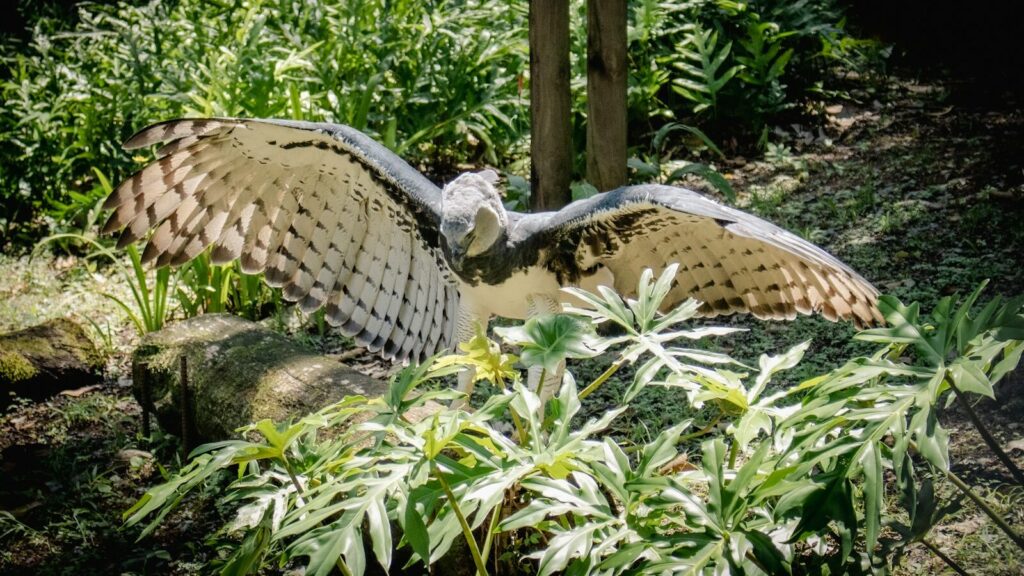
The harpy eagle’s enormous talons represent one of nature’s most remarkable evolutionary adaptations—specialized tools perfected over millennia for a specific hunting niche in the complex ecosystem of neotropical rainforests. For bird enthusiasts, these impressive appendages symbolize both the awe-inspiring diversity of avian adaptations and the urgent need to protect the rapidly diminishing habitats where such specialized hunters can thrive. As rainforests continue to face unprecedented threats from deforestation and climate change, the fate of the harpy eagle serves as a powerful indicator of ecosystem health. By understanding and appreciating the true nature of these magnificent talons, bird lovers can become more effective advocates for conservation, helping ensure that future generations will still have the opportunity to marvel at one of nature’s most impressive aerial predators in the wild.
